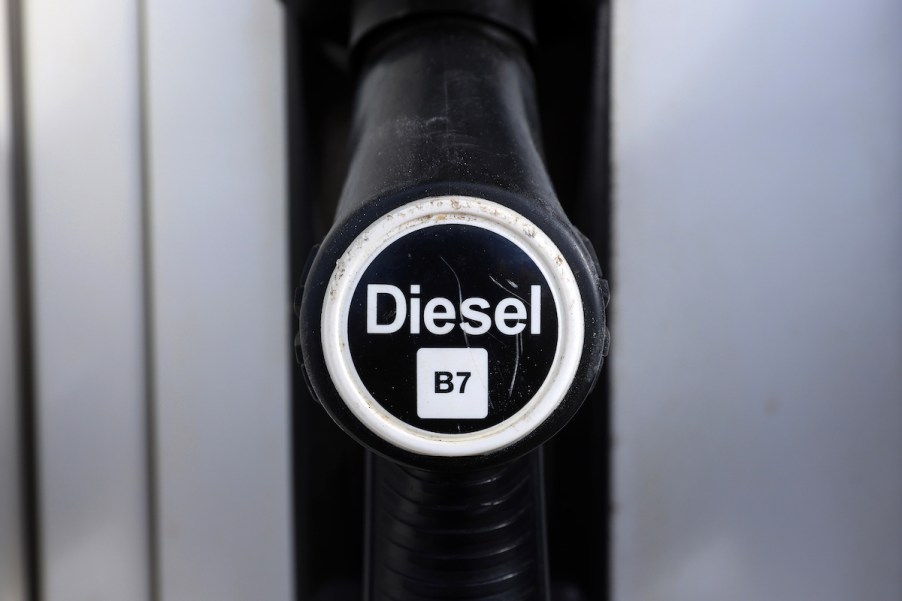
3 Reasons for the Lowest Supply of Diesel Since 1951 Just Ahead of Winter
We saw an increase in gasoline prices earlier this year, but as they begin a slow fall, diesel prices are starting to rise. Why is diesel fuel so high, and what has made our reserve supply so low? Let’s take a look.
Rise in Diesel costs

The diesel price for November deliveries rose approximately 33%. This brings the cost, on average, to $5.30 in October. The expectation is that the price will go up at least another 15 to 20 cents. It could possibly go even higher because it’s getting more expensive to move supply around to the areas that need it the most. Despite the increases, many trucking companies are taking a loss in delivering the goods.
With supply shortages comes a higher demand for the product and a more willingness to pay higher prices for the supply that is there. The rise in costs is also fueling the inflation seen in other areas of commerce, such as your local grocery stores and retail outlets, because the delivery trucks run on diesel fuel.
To help offset some of the cost of diesel, U.S. officials could temporarily put a hold on the Jones Act, which limits the transportation of products on waterways using only American vessels. Foreign ships could haul between U.S. ports at less cost than one certified under the Jones Act.
But why are diesel reserves so low in America right now?
The 3 reasons diesel reserves are low
The first reason is that the refineries are running low on reserve barrels. In June and July, they were running at 100%. In October, they squeezed out 102%, but there’s no replenishing supply at the ready. While those refineries are doing what they can to produce diesel, they’re still dependent on tankers, barges, and trucks for supply, which can cause problems when there’s a weather delay, according to CNBC.
Another reason deals with the low water levels of the Mississippi River. This waterway is a vital channel for trade, but some areas along the river are starting to dry up. In October, the overall levels were down -10.70 feet, impacting the movement of goods transported. Barges aren’t being fully loaded, which means fewer products are making it to their destination.
The last reason is the rail strike. With the waterways being limited, the responsibility falls on the railways instead. However, the threat of a strike was looming due to failed negotiations going on for a few years. In early December, though, the president’s administration signed a law to prevent a strike from happening, according to NPR.
Why supply is at the lowest it has been since 1951
Since June of this year, we’ve seen the price of gasoline begin to fall slowly, but diesel fuel hasn’t followed suit. Instead, prices are rising due to supply shortages. The pandemic is partly to blame because many refineries ultimately shut down, which caused a loss of a million barrels each day in refining capacity, according to CBS 17.
Another issue driving prices high is the war in Ukraine. Russia, the leading exporter of heavy oil products, cut off the world’s supply, while much of Europe has turned to diesel for energy production. So, the demand for this type of fuel is rising, and with the supply shortage, prices have no choice but to go up, which is affecting many industries, including agriculture.
In 1951, the population of the U.S. was approximately 150 million, with a demand for 1.02 million barrels a day. To meet that demand, officials had 102 days of supply on hand. Fast forward about 70 years, with our technological advances, the only part that has increased is the population, which now sits at about 332 million. The demand also increased to 4.2 million a day. The supply, however, sits at 25 days, a far cry from where it was back in the 50s.
Diesel fuel prices have begun to rise, and there isn’t any relief in sight, at least not now. Hopefully, U.S. officials can rectify the shortage problem, get more reserves in storage, and bring those prices down soon. Otherwise, people may end up desperate enough to steal it.


